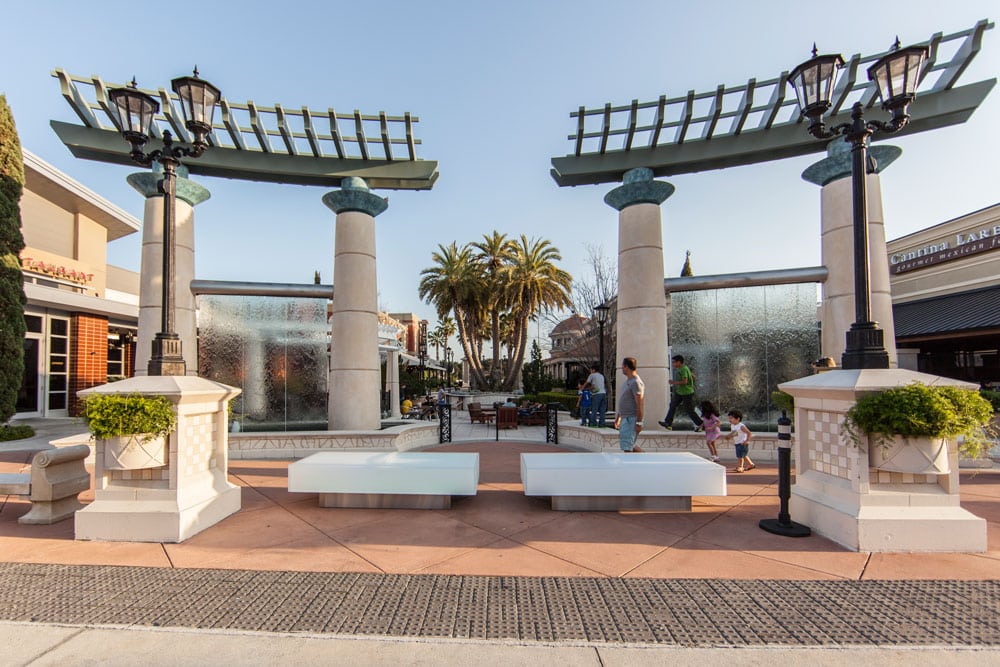Are these centers, promoted as community-oriented alternatives to older shopping malls merely a new retail outlook?
According to the International Council of Shopping Centers, these new-look centers are classified as “specialized centers”, which offers visitors top of the range specialty stores, along with entertainment and dining options within an outdoor setting. It is also described as multi-purpose leisure destinations, with entertainment, restaurants and amenities and ambiance that are suitable for casual browsing.

This description sounds very much like the traditional mall, however, there are distinct differences. Traditional malls generally have department store anchors, like Sears and Macy’s, but lifestyle centers are usually anchored by huge specialty stores, such as Pottery Barn and Crate & Barrel, or by movie theaters. Lifestyle malls are also normally much smaller than regional malls.
It is estimated that around 412 of these centers exist within the US today.
Lifestyle malls have shifted focus from exciting architecture to comfort architecture, with attention being focused on the detail of the design, such as lighting and signage. Many lifestyle malls are designed to include certain historical elements to give it the appearance of having evolved over time.
These centers may be based on the idea of Victor Gruen, a Jewish architect from Vienna who immigrated to the US. His vision was to bring a community feel back to suburbs that appeared soulless. His first mall, Southdale Center in Minneapolis, proved to be a success, with 75000 visitors on its first business day.
People eventually became bored with the same type of mall, surrounded by miles of asphalt parking. As malls became bigger, its size would often intimidate shoppers. These blank, dull malls have been replaced by lifestyle centers, which normally appeal to the community, are smaller, hence create a more intimate environment.
Lifestyle centers have been created to try and eradicate the rush in everyday life, however, we must bear in mind that at the core of it all, the aim is to make a profit and these centers will ultimately build a new foundation for commercialism.